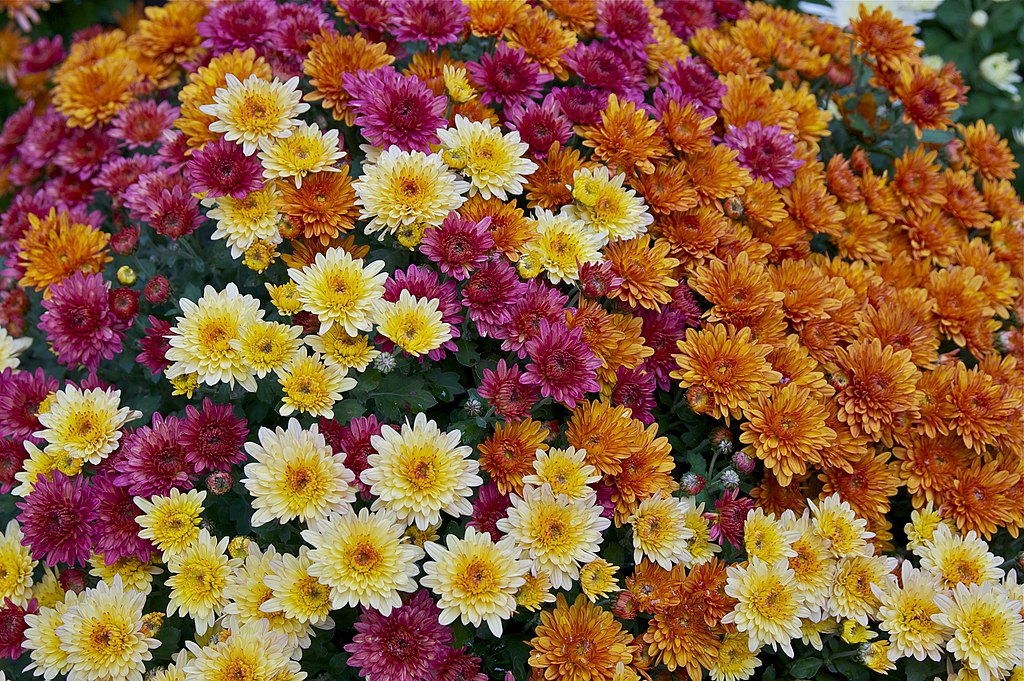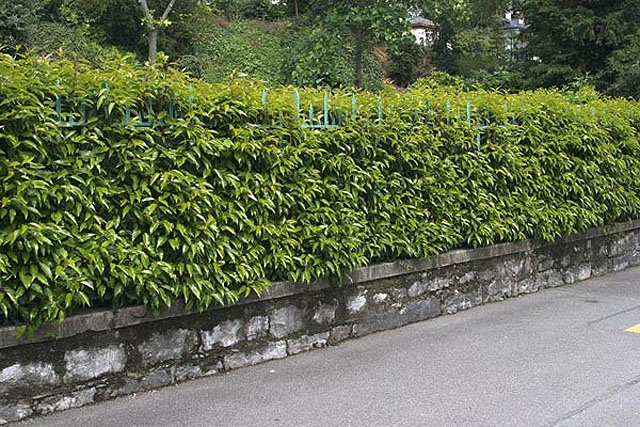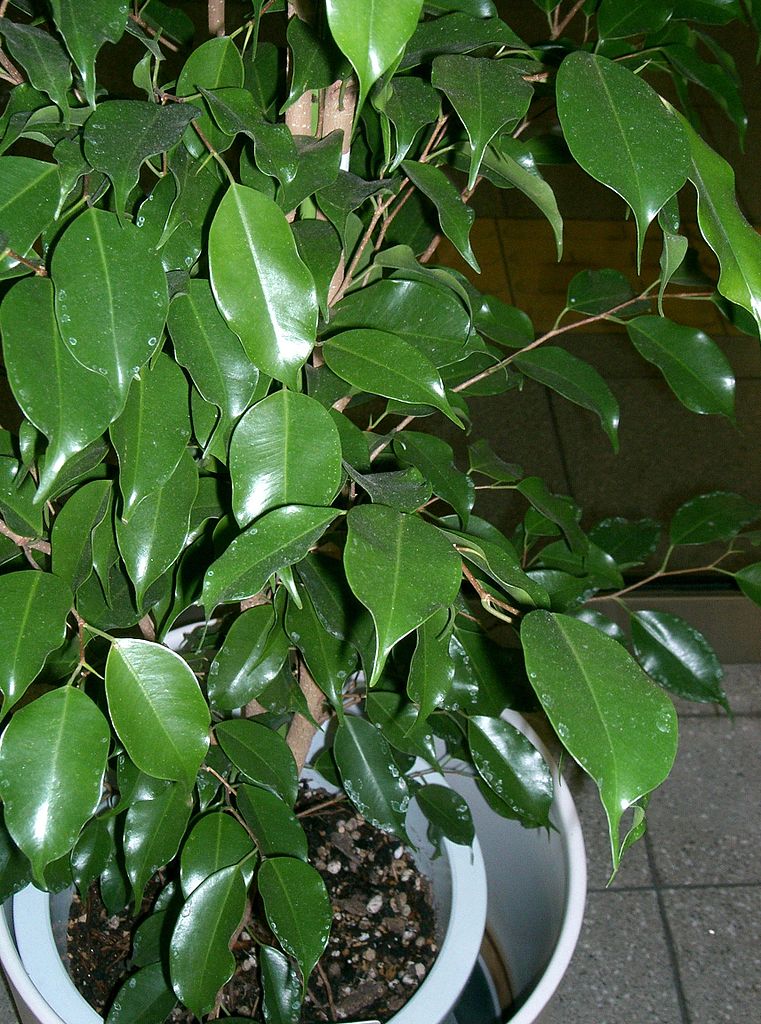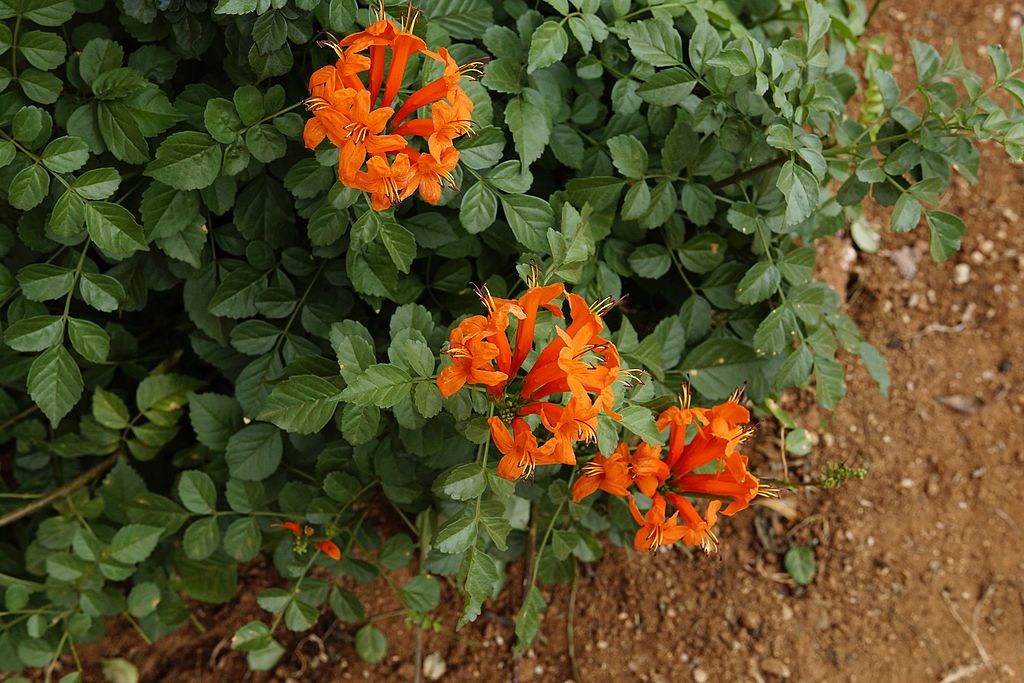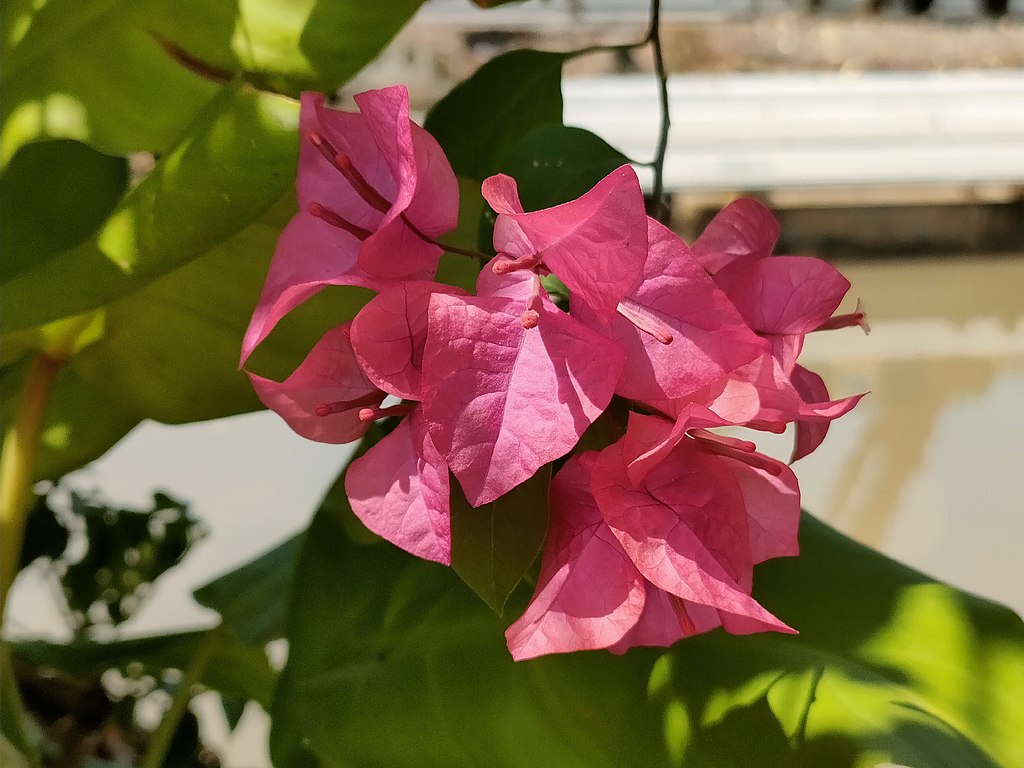Chrysanthemums – often referred to as mums, are one of the plants that signify the changing of summer into autumn.
Chrysanthemums traditionally bloom in the fall and are in tune with the day lengths, hence why they trigger blooming when the days get shorter.
In Greece, their bloom is related with the fest of Saint Jim (Agios Dimitrios – Άγιος Δημήτριος) in late October.
Chrysanthemums are a member of the Compositae family. Their flowers come in a wide choice of shapes, sizes and hues and reinvigorate borders and containers as temperatures start to fall.
Their flowers have many different forms, from open daisies to multi-petalled pompoms, large and small. They come in lots of colours and shades, from pink, purple and red, to orange, yellow and white.
Chrysanthemum flowers look like they have a multitude of petals, but each individual petal is actually a small floret. There are two different types of florets: ray and disc florets. Ray florets are what we traditionally see as the petals, while the disc florets create the center buttons. When the florets are all clustered together, they give us what we know and love as a mum bloom.
The origin of the chrysanthemum is a little obscure but it is known to have been cultivated for over 3,000 years. Probably originating about 500BC, it seems fairly certain that present day varieties had as their parents the two forms of chrysanthemum Indicum and chrysanthemum Sinese.
Confucious, the great Chinese philosopher knew its blooms and described it in his work Li-Ki or Ninth Moon as “the chrysanthemum with its yellow glory“, other references referred to them as “the golden flower”. The very early flowers were wild in character and in the main yellow in color with possibly a few in the mauve-pink range. They were very small single flowers, far removed from the modern singles known today.
Check “History of the Chrysanthemum” in UK’s National Chrysanthemum Society website for a detailed history of Chrysanthemums.
How to grow Chrysanthemum (Mums) outdoors
When purchasing your mum for planting, plant it as early as possible and water well for the best chance of survival. Fertilizing in the fall is not necessary for your mum. When blooms have expired do not cut the plant back.
In the spring and early summer, prune or pinch your plant once a month between 7 to 10 centimeters.
This pinching will start to form a tighter, more compact plant with strong branching which results in a fuller, stronger plant with more flowers.
You should do your last prune around July 1st for early flowers or July 15th for a more traditional flowering time.
It is at this time that you should make your last fertilizer application (we recommend a 20-20-20).
Light
Chrysanthemums are a sun loving plant and prefer an exposure with at least 6 hours of sun per day.
Although mums can handle partial shade, you will get the fullest plants and the best blooms in full sun.
When to plant Chrysanthemum (Mums)
Plant them in the spring to give them plenty of time to take root so they will bloom for many years.
For mums to be truly hardy, they need time to become established in the ground.
Ideally, they are best planted in the spring and allowed to grow in place all season.
Spring-planted mums will have plenty of time for root growth.
Soil
Choose a spot in the garden with well-drained soil for your mum.
All Chrysanthemums (Mums) prefer fertile, well-drained soil, with lots of organic matter or compost worked in. They like a soil pH slightly on the acidic side.
Water
Mums prefer evenly moist soil.
Temperature
Chrysanthemums can handle cool temperatures.
Mums can overwinter in the ground, and they do so even better in warmer climates.
If you have high temperatures, particularly at nighttime, it can cause the plant to flower later than it usually would. Heat delay can cause irregularly formed flower buds, erratic flowering, deformation of the plant’s crown, and other developmental issues.
Fertilizer
Chrysanthemums will appreciate the use of 20-10-20 fertilizer during planting and the vegetative phase. It will help root development.
After establishment switch to a 5-10-5 liquid fertilizer.
Begin fertilizing after all danger of frost has passed. That way any new growth forced by the nutrients will not be in danger of damage from icy weather.
Pruning
Pinch growing Chrysanthemums throughout the spring and in summer until around the start of July to encourage branching and development of more buds.
Also try to consistently deadhead your Chrysanthemums when you see spent or nearly-spent blooms, which helps the plant put its energy into producing new flowers.
How to grow Chrysanthemum (Mums) indoors
Growing chrysanthemums indoors is easy and requires little special care beyond watering, good soil and drainage.
Once the blooms are spent, you can keep the plant around for its deeply etched foliage.
An important tip on how to grow mums indoors is to position your plant inside where it receives bright light during the day but isn’t under a street or security light at night.
Excess lighting can throw the plant’s bloom production off and cause it to stop flowering.
Regular watering is a crucial part of indoor Chrysanthemum care.
Water the plant from under the leaves to help prevent fungal issues when caring for container mums.
Deadhead if you wish, to keep the plant looking its best.
Keep chrysanthemum houseplants where they can receive good air circulation and avoid excess humidity.
Indoor chrysanthemum plants, flower for 3 to 4 weeks and then stop. As when they are grown outside in the garden.
After the flowers are done except some deeply notched foliage and a nice little bush shape.
Chrysanthemum FAQs
Can you grow Chrysanthemum from seeds?
You can grow chrysanthemums from seed.
It can be a bit of an adventure, because many chrysanthemum seeds do not stay true to the parent plant.
This means you can end up with a wide variety of flower colors and sizes.
Start the seeds indoors six to eight weeks prior to the last frost date.
Transfer to the garden when the chrysanthemum seedlings are 15 to 20 centimeters tall.
Expect to see blooms the first year after planting.
How long does it take for Chrysanthemums to grow?
The chrysanthemum growing rate depends on many variables.
Different varieties feature different growth rates and mature size.
Plants grown from seed may take several years to reach their full growth potential.
Mums grown from already-established garden center plants and division have a head-start on the growing season.
Taking proper care of mums through watering, fertilizing and pinching increases the fullness and growth capabilities of the plant.
How long do Chrysanthemums last after they bloom?
Although we generally think of fall as being chrysanthemum season, there are actually three different types of blooming mums:
early bloomers often begin flowering in late July,
early fall bloomers show off blooms in September,
late fall bloomers start their stunning display of colors in October.
Each variety differs, but most mums will continue to bloom for four to eight weeks.
There are many ways to extend the flowering of chrysanthemums.
Deadheading spent blooms, fertilizing in the spring and avoiding overcrowding will help your mums produce more blooms over a longer period of time.
Greek name: Χρυσάνθεμο.
Sources: https://www.heeman.ca/garden-guides/caring-for-chrysanthemums/, https://www.rhs.org.uk/plants/chrysanthemum, https://gilmour.com/growing-chrysanthemum, https://www.nationalchrysanthemumsociety.co.uk/, https://www.thespruce.com/fall-garden-mums-hardy-or-no-1402718, https://www.gardeningknowhow.com/ornamental/flowers/chrysanthemum/indoor-mum-care.htm
Tags: ORNAMENTAL PLANTS

